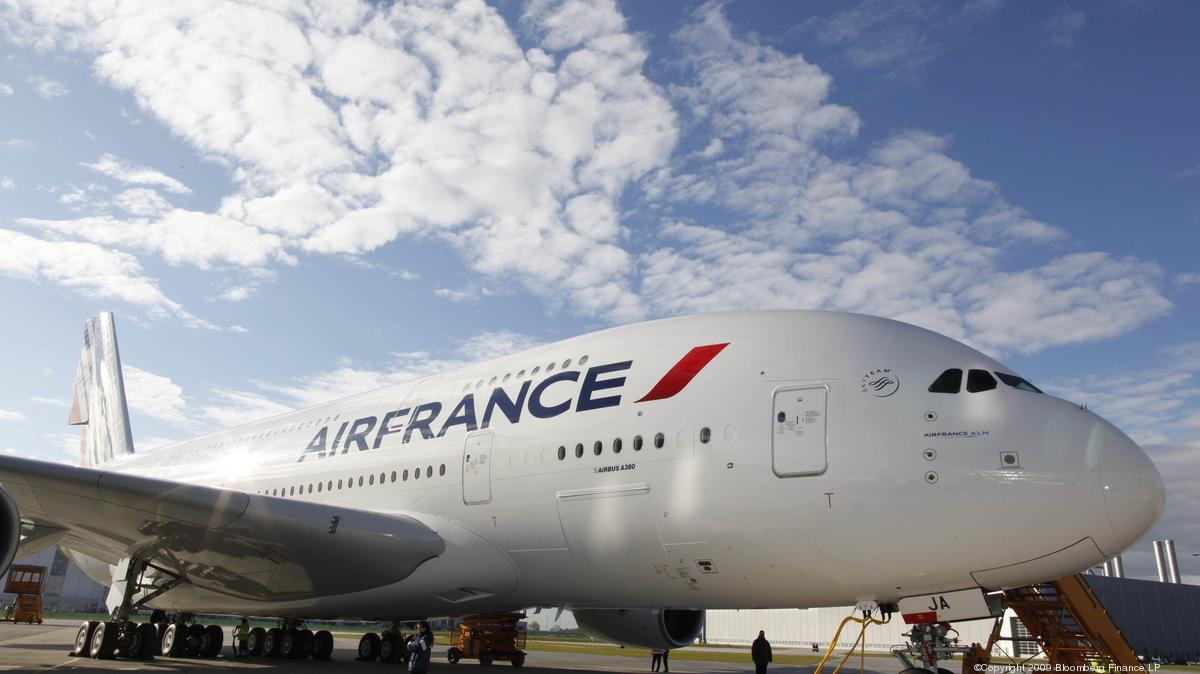Description
The iconic Airbus A380 "SuperJumbo" is one of the marvels of the aviation industry. Owned by the multinational European Airbus, the A380 was first introduced in the year 2007. It was introduced as the future of flying and since then it has become the favorite choice of aircraft among the top airlines in the world. Costing at around $436, airbus A380 was one of the most expensive and luxurious passenger aircraft ever. However after being in service for 12 years and carrying around 120 million passengers the production of the superjumbo came to a halt in the year 2019 as orders from many airlines were cancelled for it and it was announced by the company that the production would permanently end by 2021. These are some of the reasons why A380 failed to survive in the aviation market for longer time

1. Airbus A380 was introduced to counter the dominance of American owned boeing. The idea was to come up with a wide body, spacious aircraft with a capacity to carry 800 passengers. However the size of the plane later on became an issue for Airbus as existing airports were not suited to catering the needs to large number of passengers. This in turn caused airports to shed money to make adjustments to be fit for the Superjumbo.
2. When A380 was introduced it was expensive but at the same it time it was also cost efficient because of low per passenger fuel requirements. However this used to be a problem for airlines during seasons when travel demand was low. Flying an aircraft with half the capacity of A380 would prove to be more beneficial for airlines during these times.

3. One of the main reasons why A380 was introduced was to capture long haul aviation market. Due to its large size A380 performed very well on long route flights. However their main rival Boeing introduced 757 and 787 which were smaller in size, two engined and had higher fuel efficiency. These smaller planes proved better for long distance flying as they were much cheaper to A380.
4. In February 2019, Emirates airlines, the largest customer of A380 dropped an order of 40 planes and replace it with smaller and much more efficient A330 and A350. Similar moves had been taken Qantas airways when they cancelled an order of 8 A380s in the same month. Even the CEO of Airbus stated after this event that "If you have a product which no one wants to buy or you can sell only below production cost, you have to stop it".

5. The expensive cost of A380 itself proved to be a failure. It failed to meet its target of achieving 700 orders and ended up at only 313. The competition from Boeing was too much for it to sustain in the market for a long time as airlines were just waiting for a compact and much cheaper version of the iconic Airbus A380.
